Introduction:
In this review, we’ll take a closer look at how the SG-Image 25mm f/1.8 lens performs in real-world shooting conditions, especially on crop sensor bodies. We’ll explore whether it truly delivers on its promise of affordability without compromising precision.
If you’re interested in the first impression, read my article about it here :
Research and Initial Impressions:
Before purchasing any lens, I always read multiple reviews, often trying to read between the lines. Unfortunately, I couldn’t find any reviews specifically for the SG-Image 25mm f/1.8. However, I did find information on a similar lens, the TTArtisan 25mm f/2.0. One reviewer noted that “the 25mm TTArtisan f/2.0 performs well in the center on 1.5x or 1.6x crop sensor cameras, but the corners show some blurriness and softness.”
Having personally tested the TTArtisan 25mm f/2.0 on a Micro Four Thirds camera, I found it to be quite good—even in the corners. Since Micro Four Thirds sensors capture a smaller portion of the lens image, it makes sense that this system produces sharper results overall.
Performance of the SG-Image 25mm f/1.8:
The SG-Image 25mm f/1.8 performs similarly to the TTArtisan on APS-C. It delivers sharp results in the center, but the corners remain soft, especially when shooting wide open at f/1.8.
- At f/1.8 to f/2.8: The entire image has a slight soft, dreamy look. Corners are blurry.
- At f/4.0 to f/5.6: The center sharpens up nicely, but the corners are still somewhat soft. The overall image improves greatly.
- At f/8.0: Sharpness extends almost to the edges, but stopping down further doesn’t improve the image quality and might even degrade it.
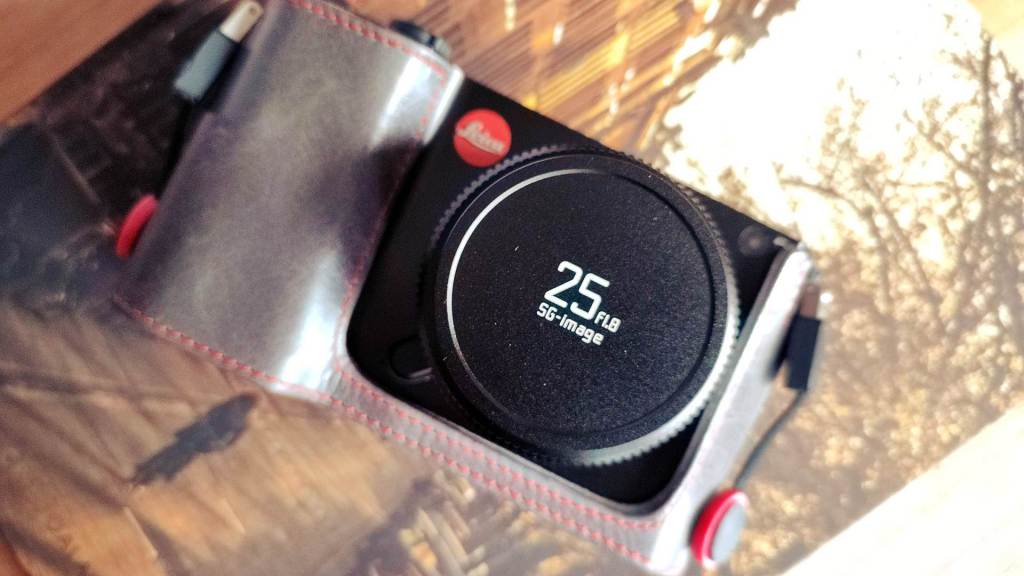
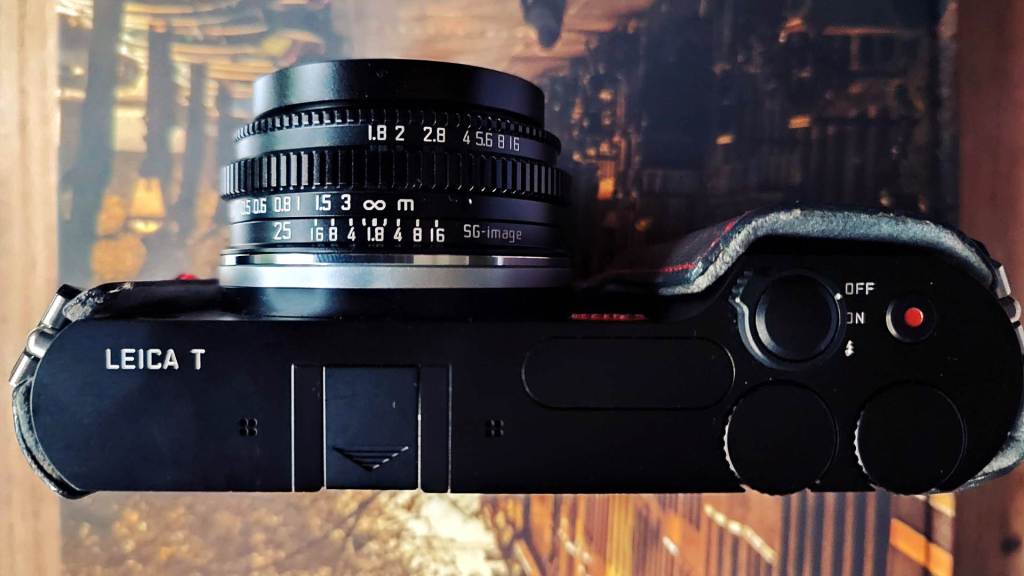
Leica T L mount APS-C
Using the Lens to Your Advantage:
If you accept its limitations, this lens can still be a valuable tool. You can use the soft, dreamy quality creatively, especially for portraits, landscapes, or sunset shots. However, if you’re looking for razor-sharp results across the frame, this may not be the right lens for you.
The SG-Image 25mm f/1.8 is priced between €55 and €60, making it quite affordable. The TTArtisan is slightly more expensive, but both lenses offer good value for their cost. It’s much more interesting and versatile than the ‘budget’ TTArtisan 50mm lens, often recommended for Leica T cameras and other APS-C cameras as a standard lens, though that’s just my opinion.
Field of View and Image Compression:
One aspect I want to touch on is the difference in field of view and image compression between using a 25mm lens on a 1.5x crop sensor and a 2.0x crop sensor.
While shooting with the SG-Image on a Leica T (1.5x crop) and the TTArtisan on an Olympus Pen-F (2.0x crop), I noticed that I had to go further away with the Olympus Pen to achieve the same field of view. Additionally, the Leica’s image appeared much wider, while the Olympus produced a more compressed, ‘telephoto’ look. This difference occurs because the Micro Four Thirds sensor uses only a small portion of the lens image, resulting in a narrower field of view and less DOF.
Comparing to the Human Eye:
A 25mm focal length on an APS-C sensor gives an equivalent of 37.5mm (or 40mm on Canon), which is often compared to the human eye’s field of view. However, there’s much debate about this. Some say the human eye’s equivalent focal length is 28mm, others say 35mm, and still others claim it’s 50mm, all based on the full-frame or 35mm film format.
In reality, there’s some truth to all of these claims. The human eye is unique and doesn’t exactly match any lens because our retina is round, while camera sensors are flat. If you hold your hands to the sides of your eyes and look straight ahead, you’ll see nearly 180°—your hands not sharply, but still visible. The area where your eye focuses is quite small, just a narrow zone in the center.
The best comparison is that your eye “zooms” to about 50mm in the center (the focus zone) and gradually widens to about 22mm on the edges. However, there’s no prime lens that can replicate this kind of behavior.
While 50mm might feel natural in terms of image rendering, it’s too narrow to truly represent what our eyes see. A 28mm focal length captures a field of view that is closer, though it may seem slightly to wide (all on FF). A 25mm lens on an APS-C sensor, giving you around 37.5mm, is a good middle ground.
Conclusion and Test Results:
Returning to the SG-Image 25mm f/1.8, here are the key points:
- It’s light-sensitive, yes, but not super sharp.
- The image quality is soft and dreamy, especially in the corners at wide apertures.
Is this a dealbreaker? For me, it isn’t. The lens is still quite usable, and the dreamy quality can be an advantage, especially for creative photography like portraits or landscapes. For the price, it’s a solid choice if you’re looking for an affordable yet versatile lens.
First, let’s compare the field of view between the SG-Image 25mm f/1.8 and the TTArtisan 25mm f/2.0 lenses.
Although this comparison is not exact—since the shooting angle and distance vary significantly between the two—it’s intended to give a general idea of how the two systems differ in terms of field of view.
You may also notice a significant color difference between the images. This is due to a couple of factors. First, the weather during the shoot was quite cloudy and gloomy, which affected the lighting. However, the main reason for the color variation is that I hadn’t realized my Olympus Pen-F was set to a custom color profile, while my Leica T was using the default settings.
Left SG-Image 25mm f1.8 on Leica T – Right TTArtisan 25mm f2.0 on Olympus Pen-F
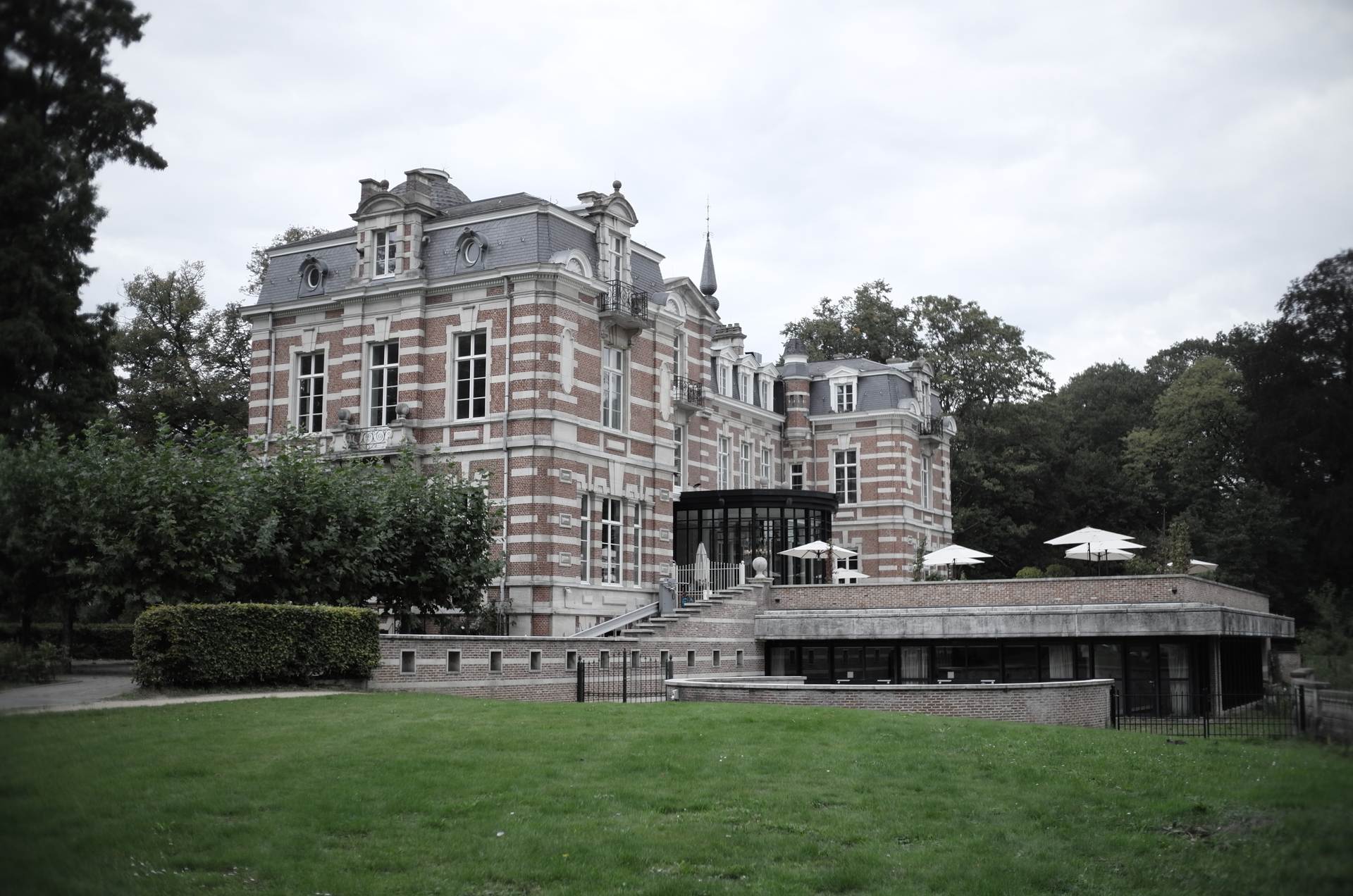
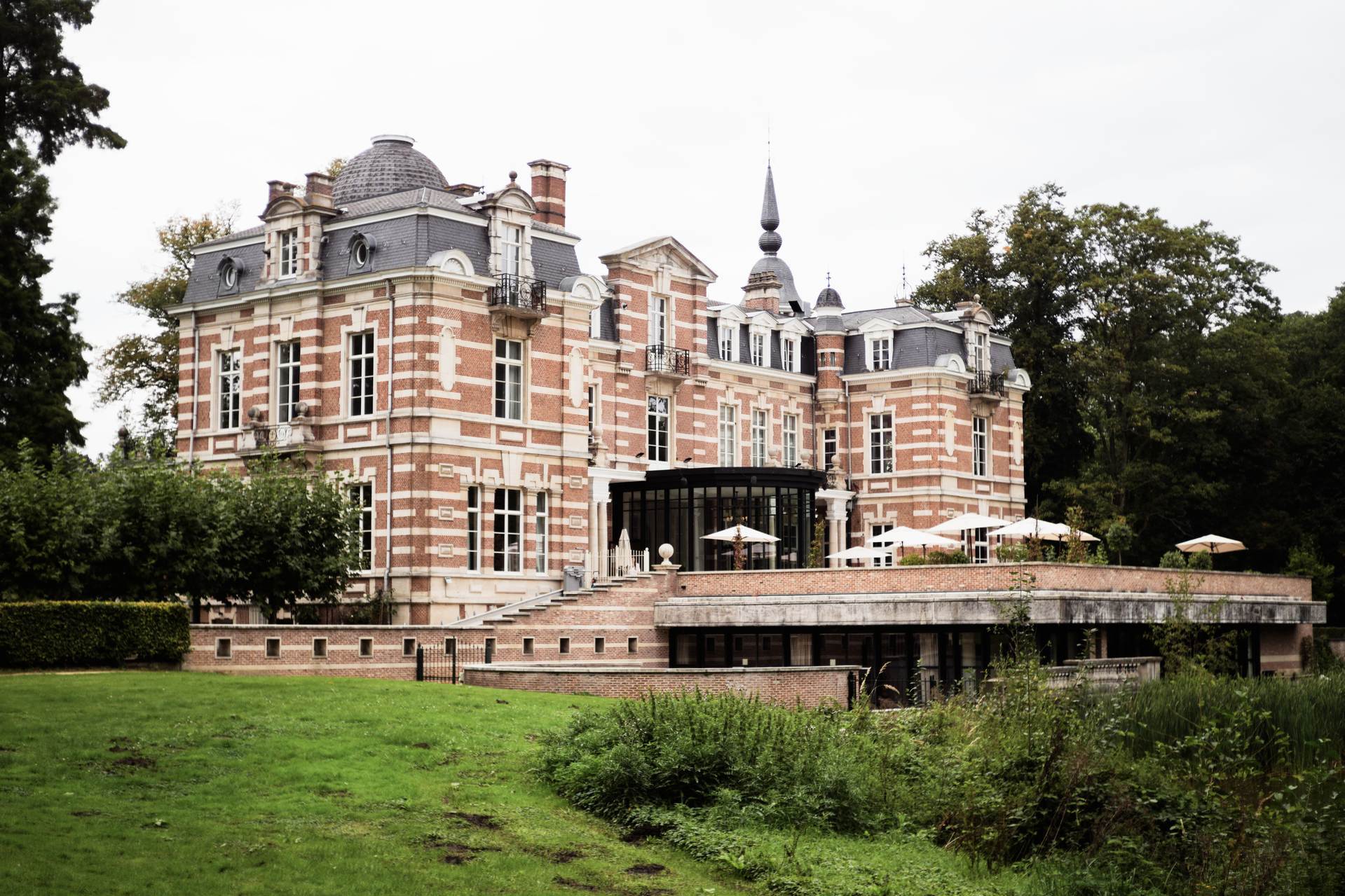
If you want to compare them at full size:
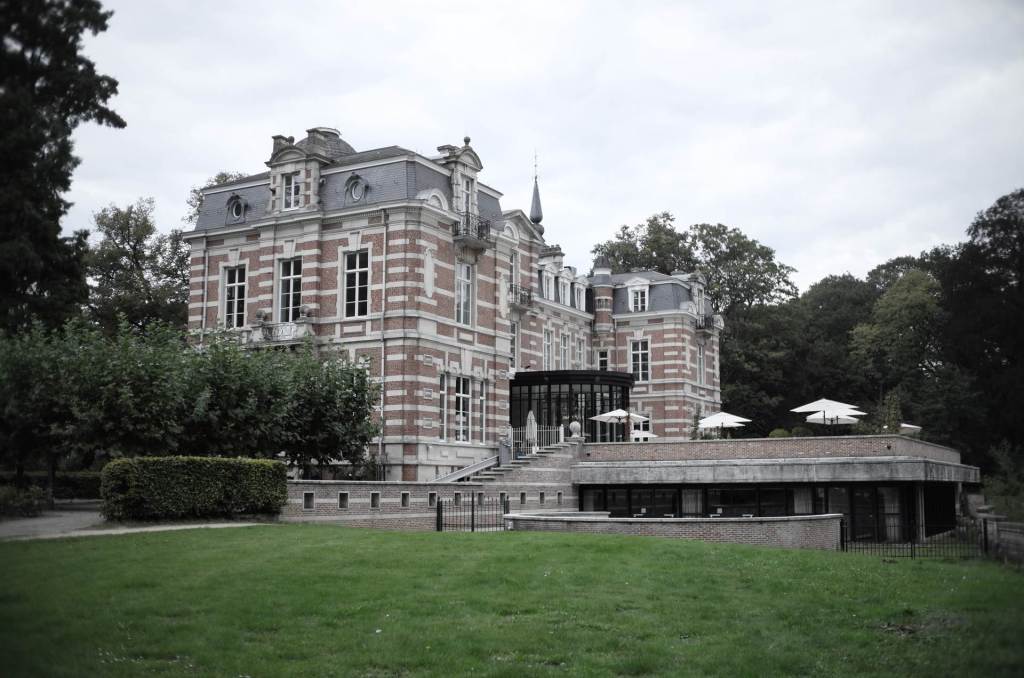
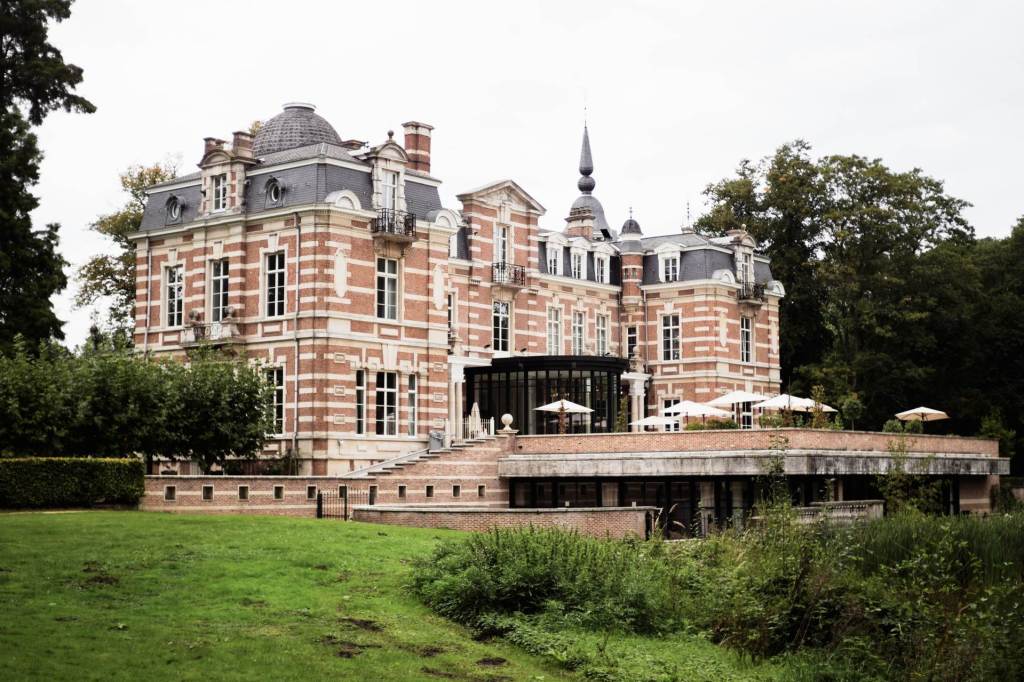
And now a sharpness comparison at different apertures – keep in mind that the focusing is done on a camera without focus peaking – with focus magnification – and is entirely based on my perception and how my own eyes determined the exact point of focus.

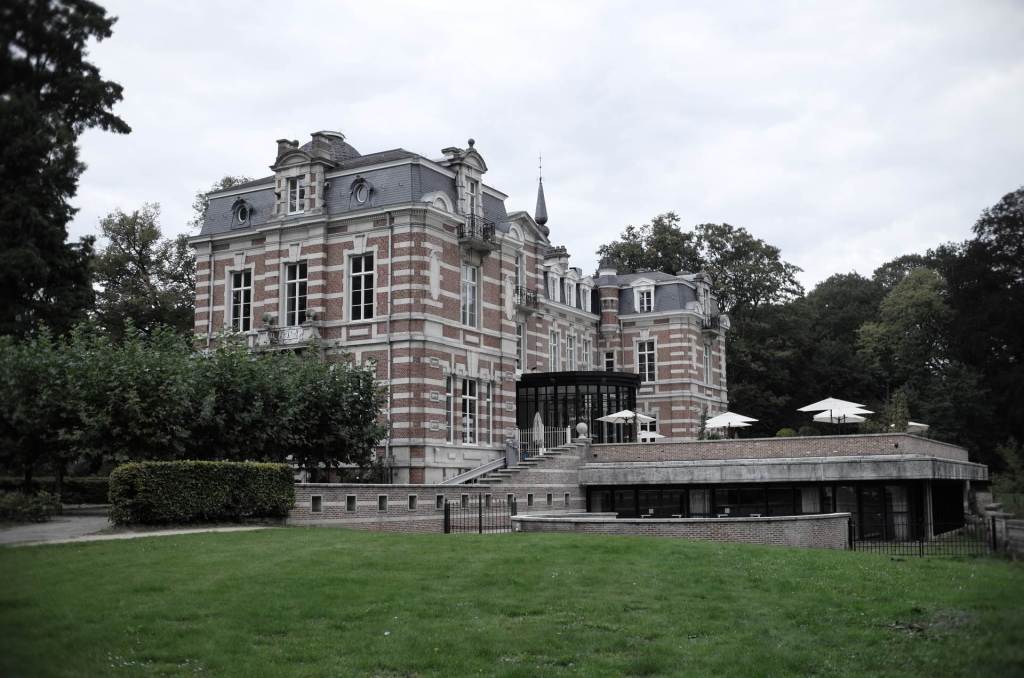
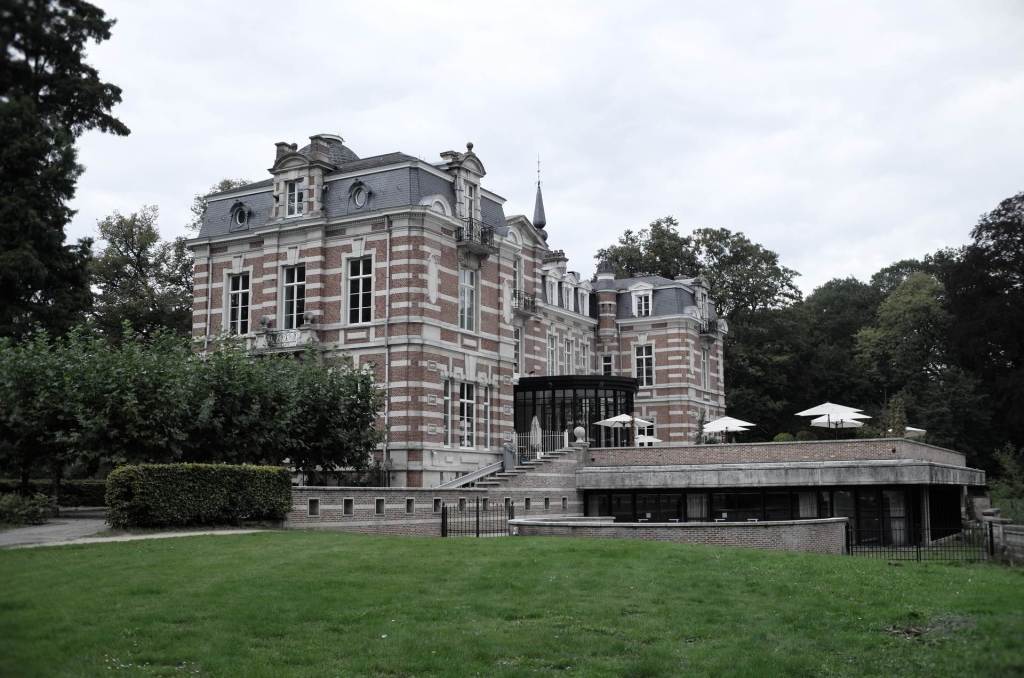
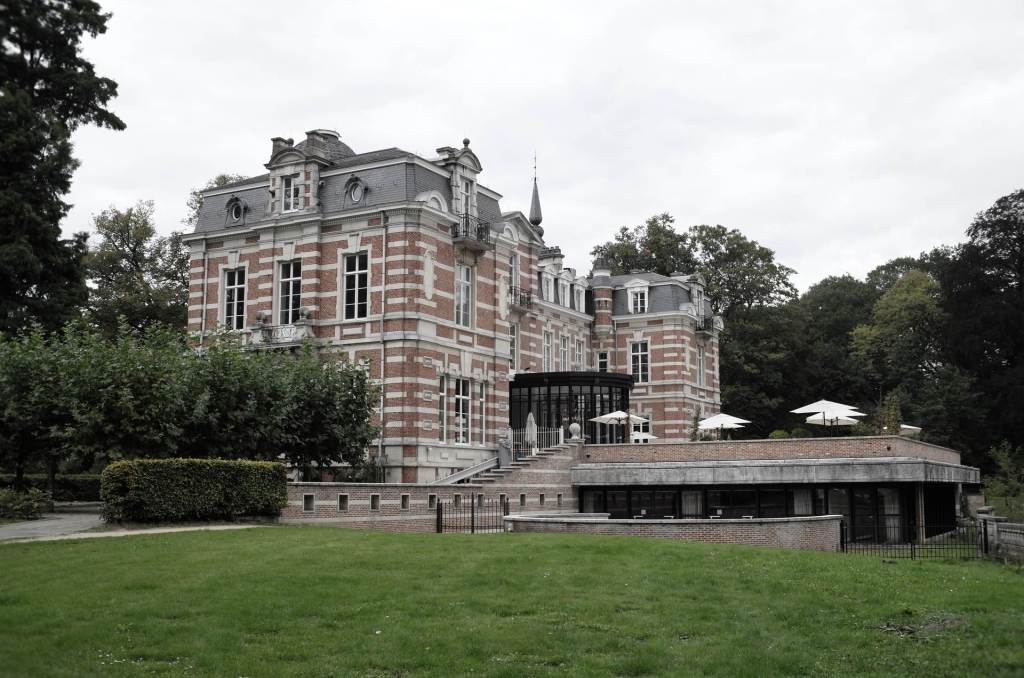
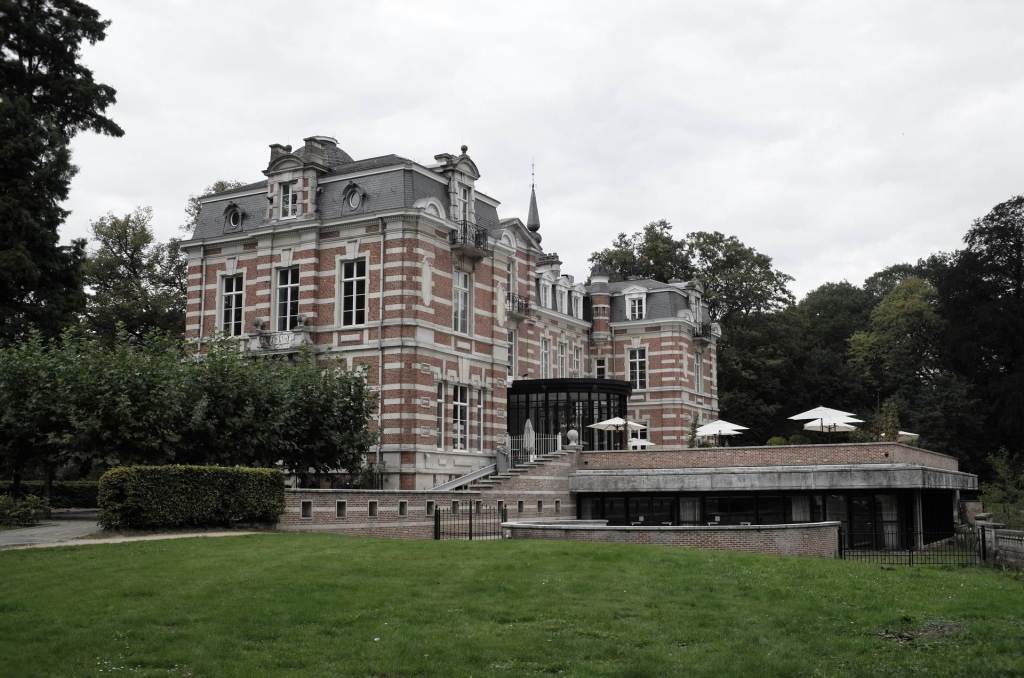
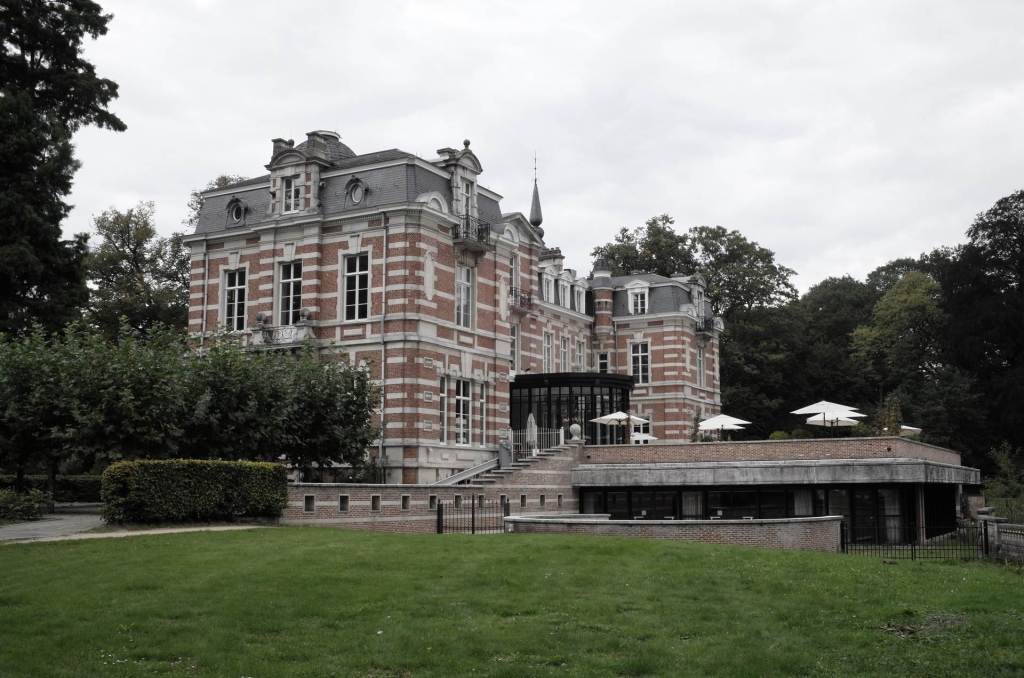
The apertures are respectively f1.8 – f2.0 – f2.8 – f4.0 – f5.6 – f8.0 — I skipped f16 because the image quality did not improve any more
The following four photos were taken to observe the differences at the widest apertures: f1.8, f2.0, and f2.8. A fourth photo was taken at f8 for comparison.
Between f1.8 and f2.8, there is a slight improvement in sharpness, but all the photos are quite usable, as long as you can tolerate some edge softness. While edge softness may not be ideal for architectural photography, it wouldn’t be an issue in portrait photography, for instance.
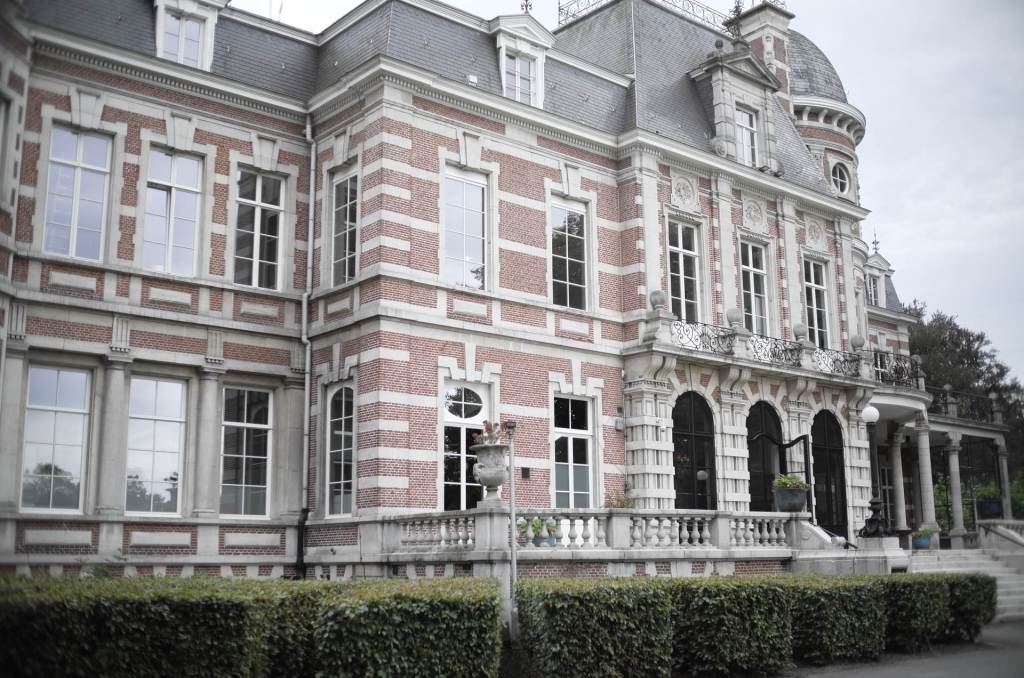
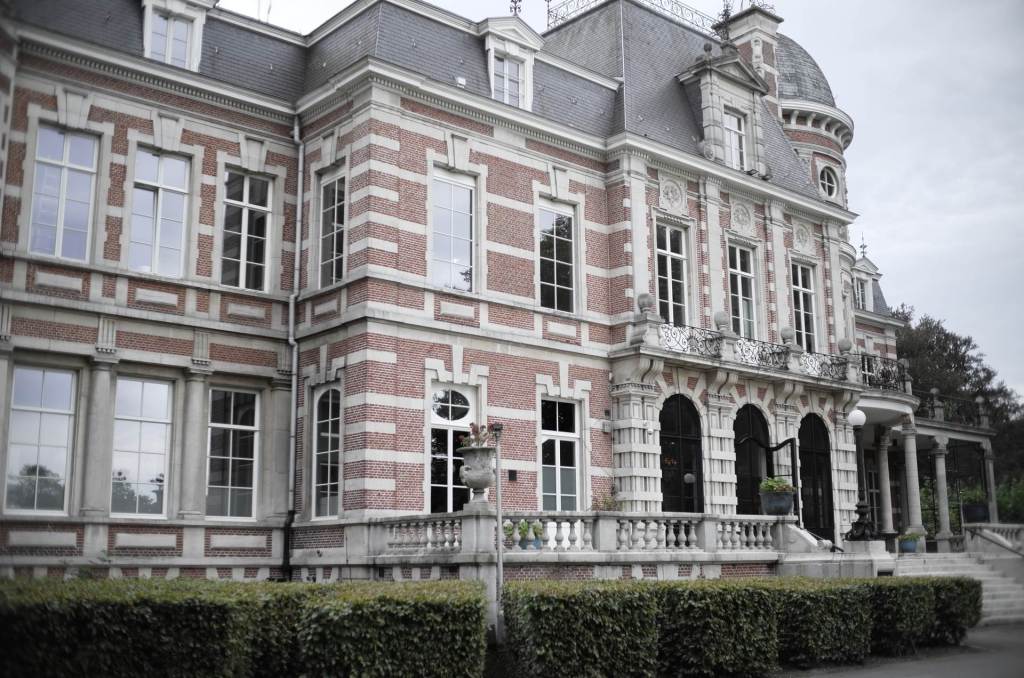
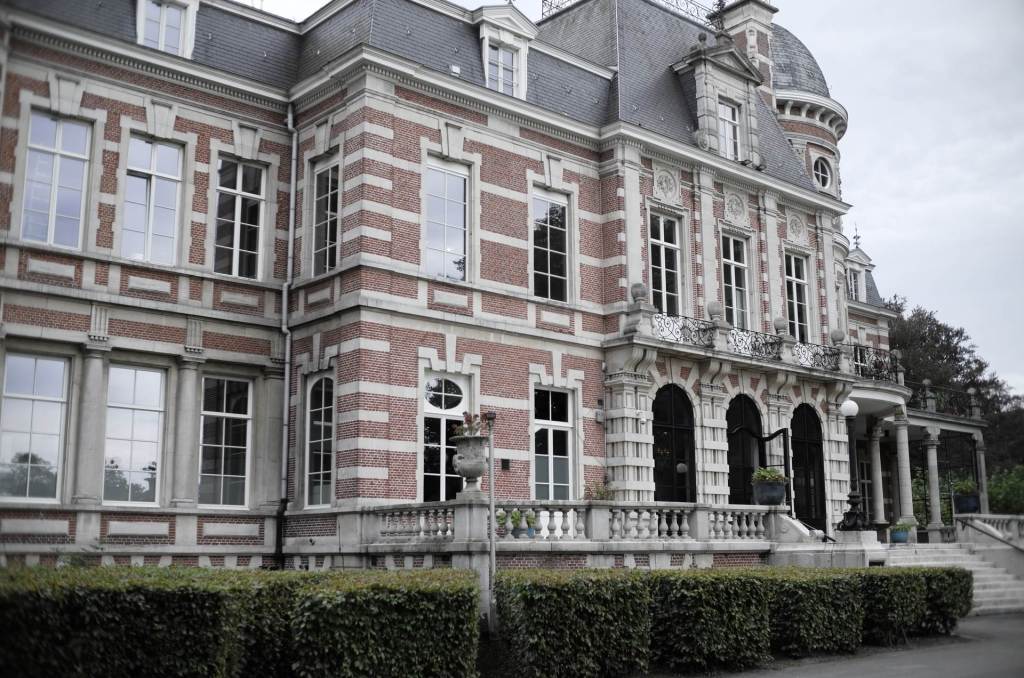
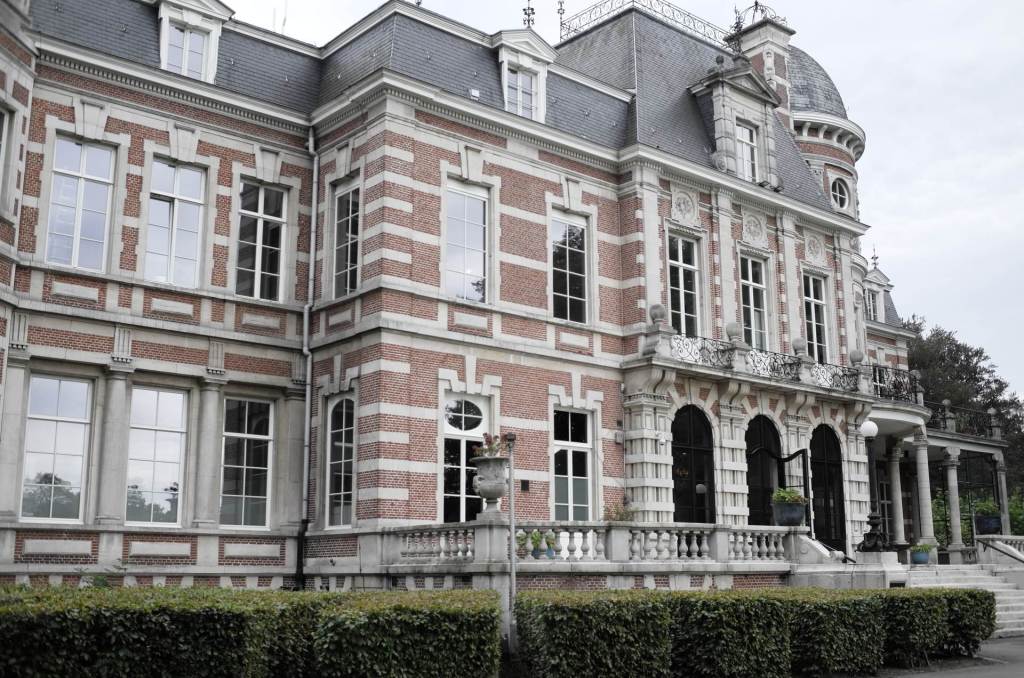
another series between f1.8 and f8:
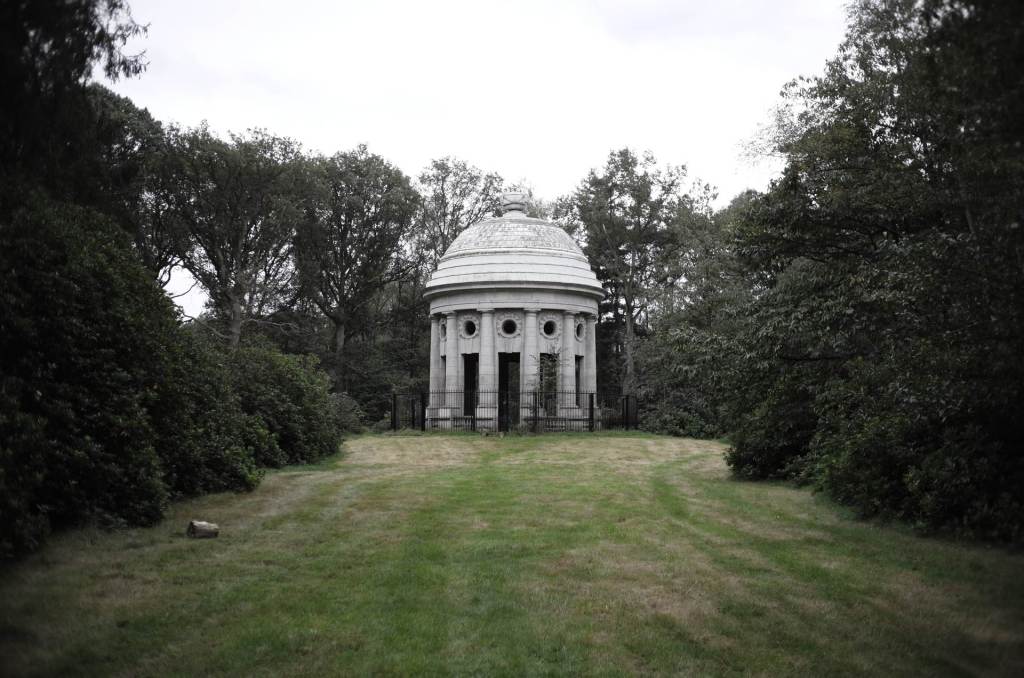
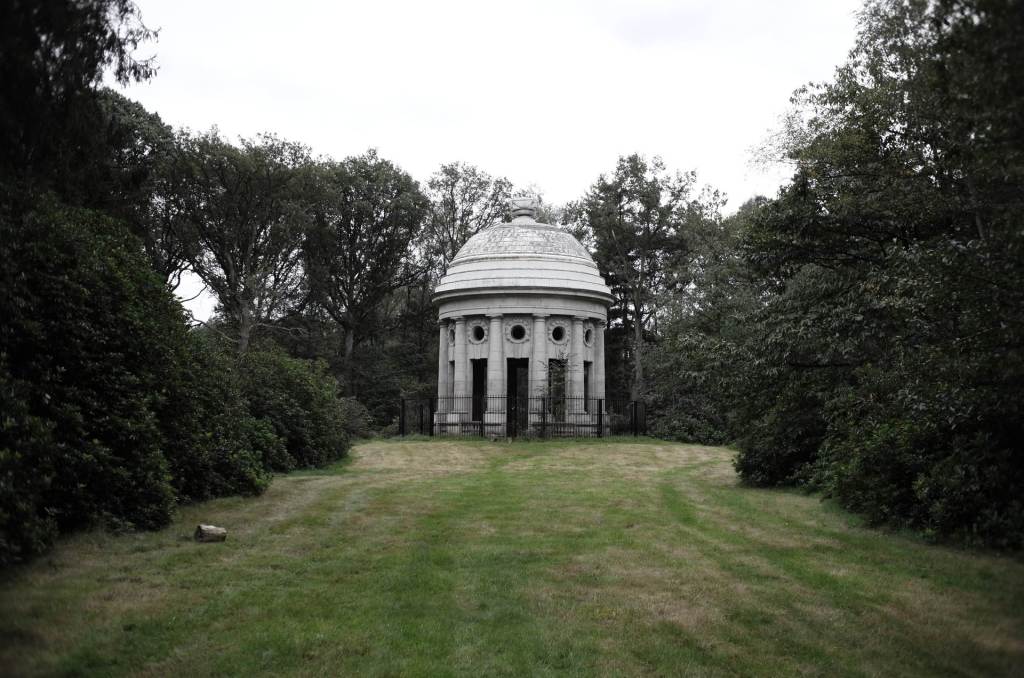
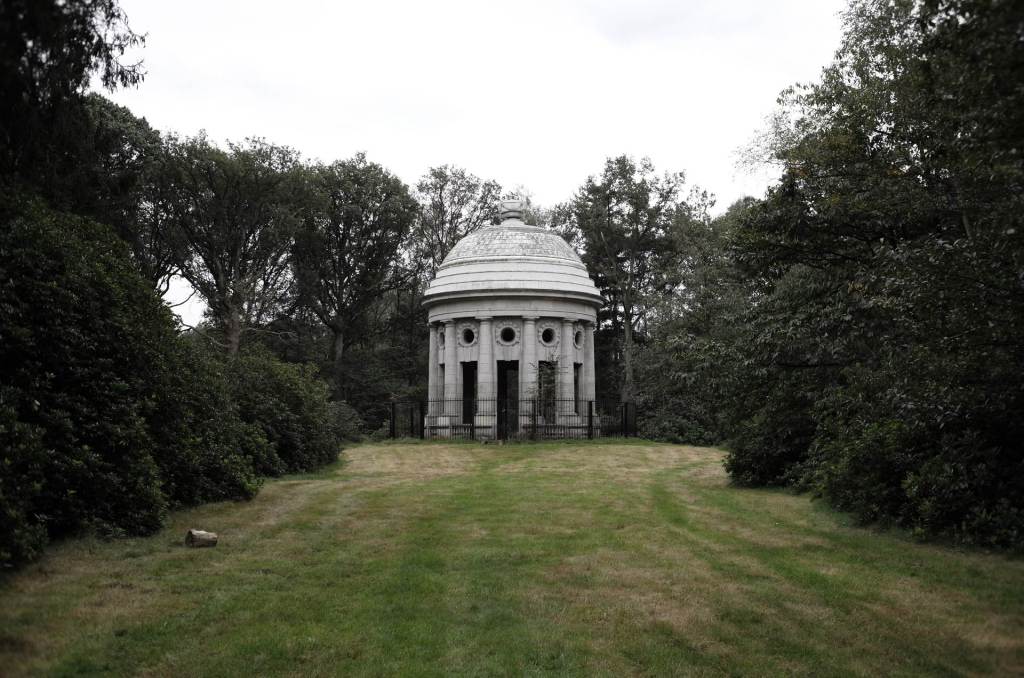
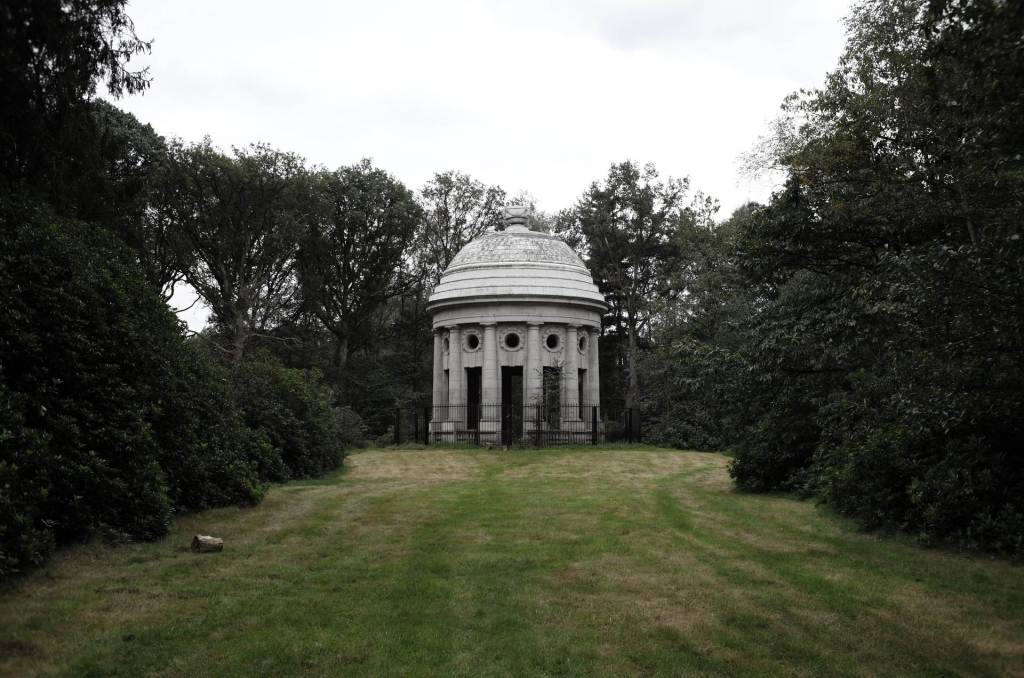
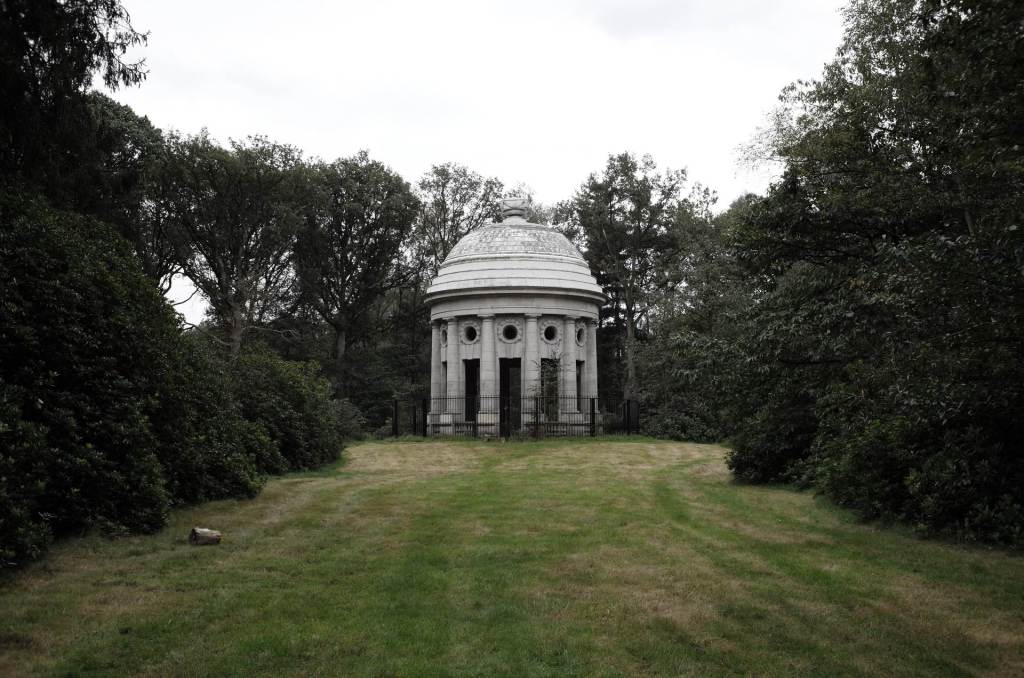
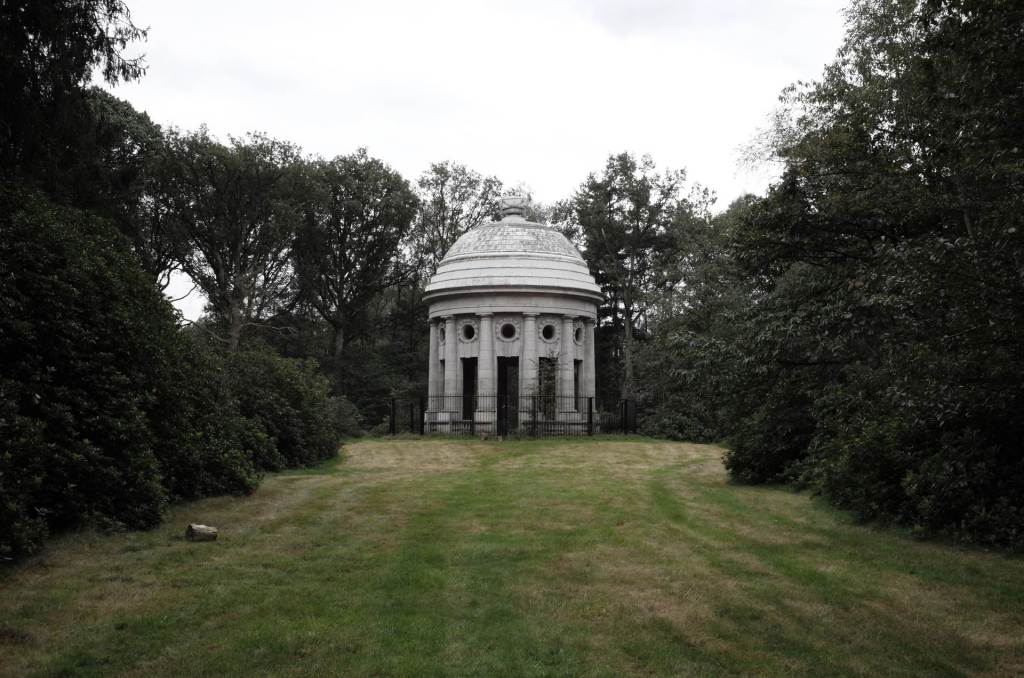
Random shots, mostly at f8 but also some wide open:
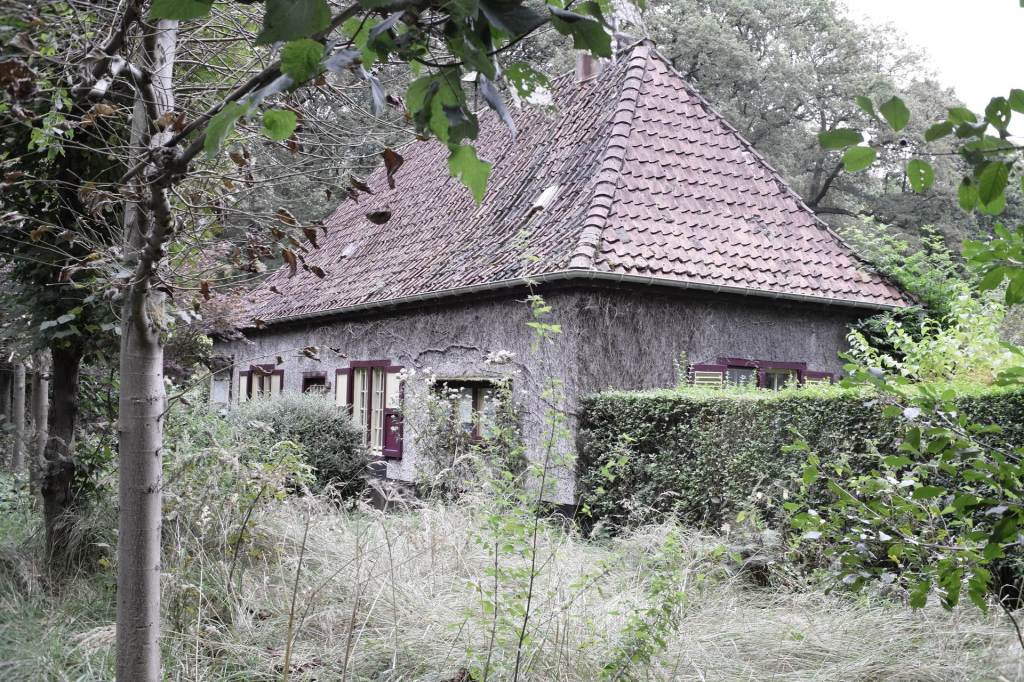
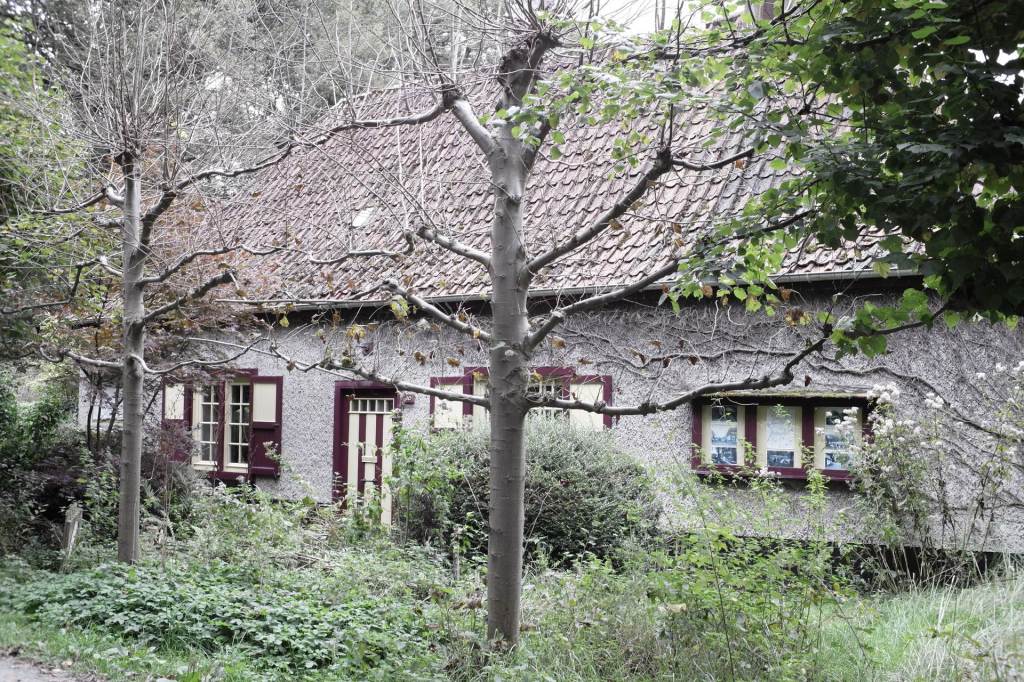
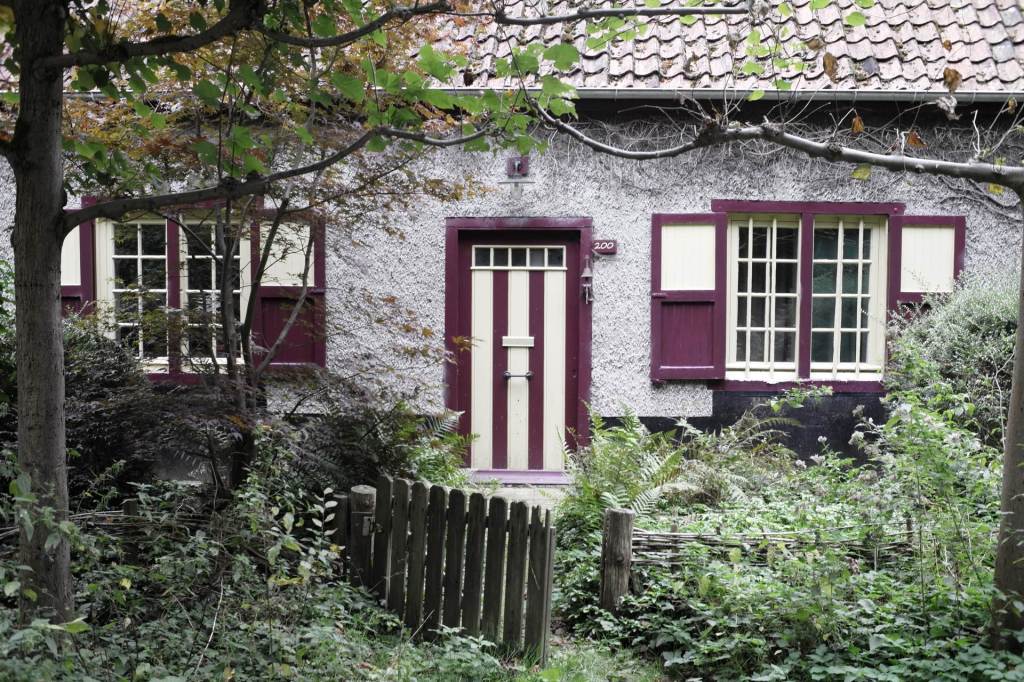
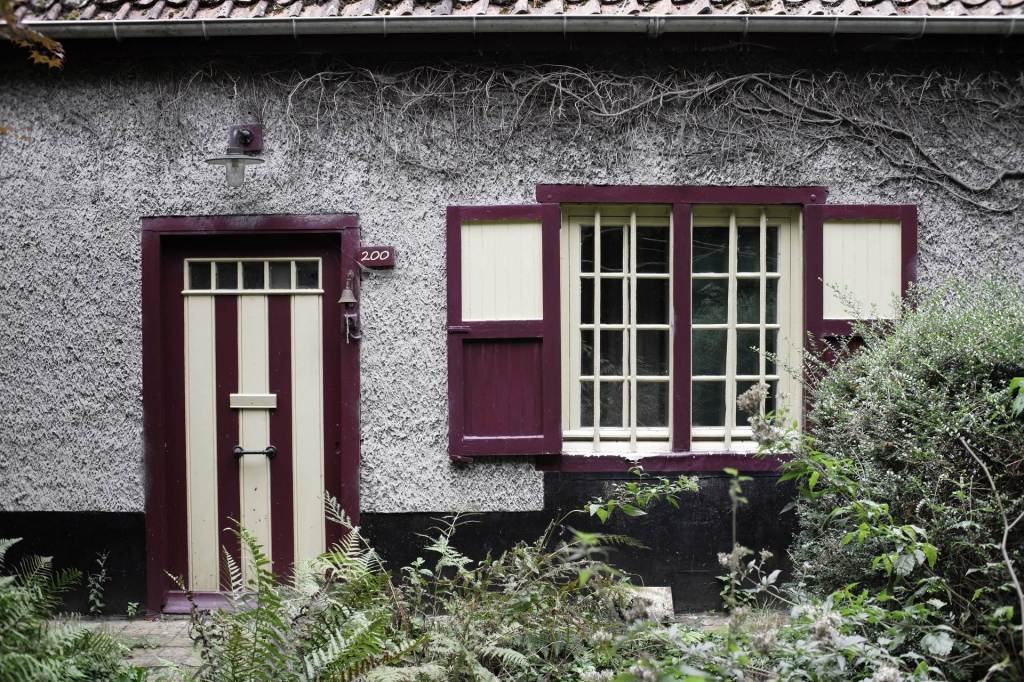

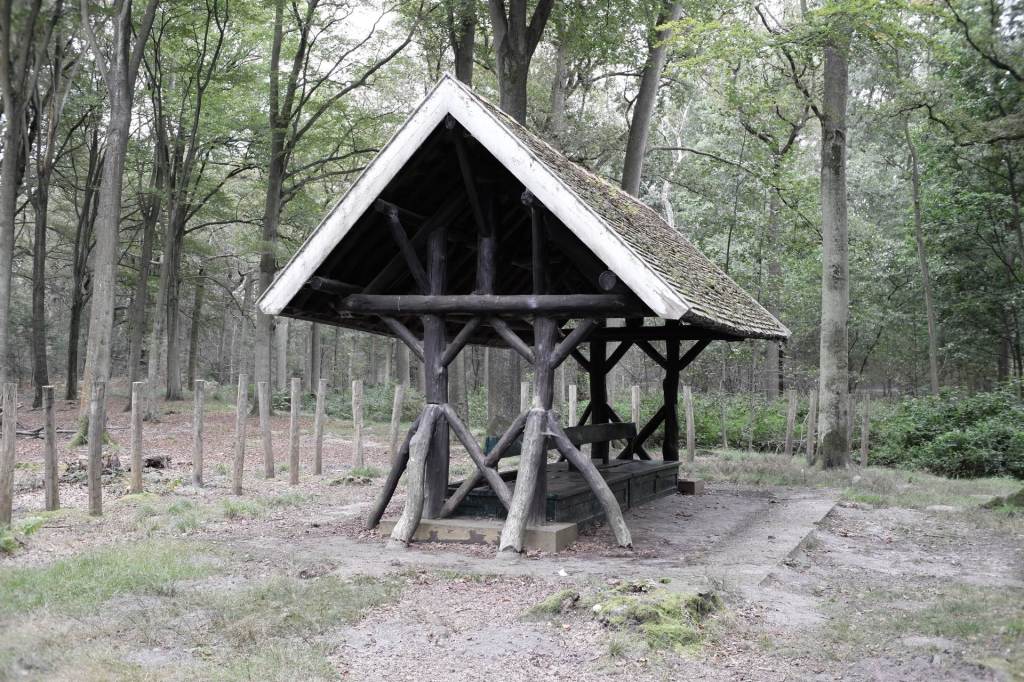
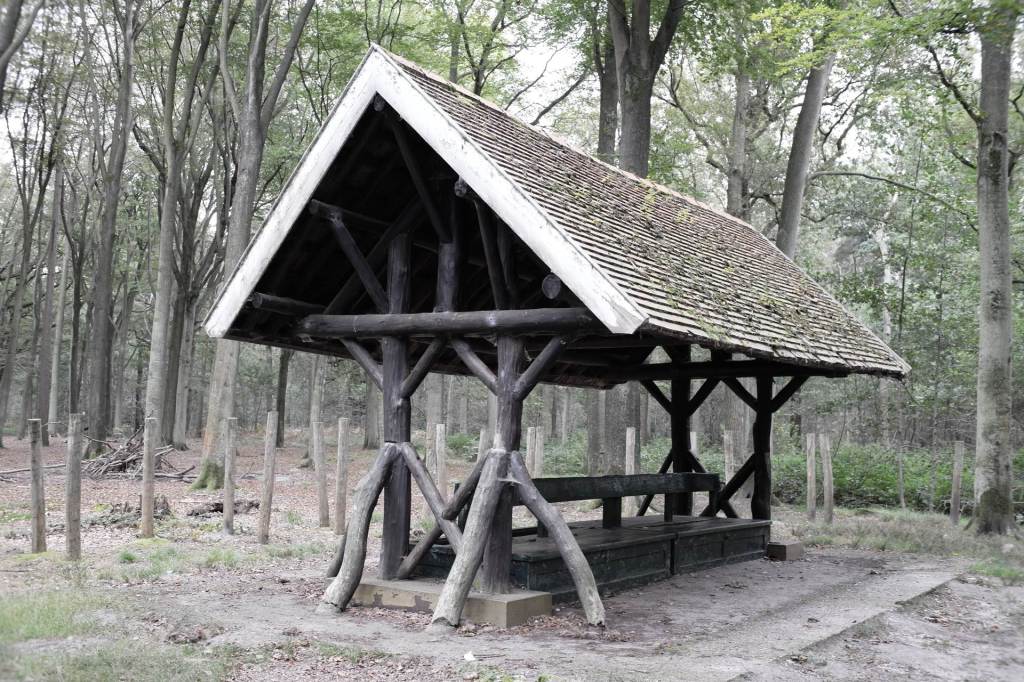
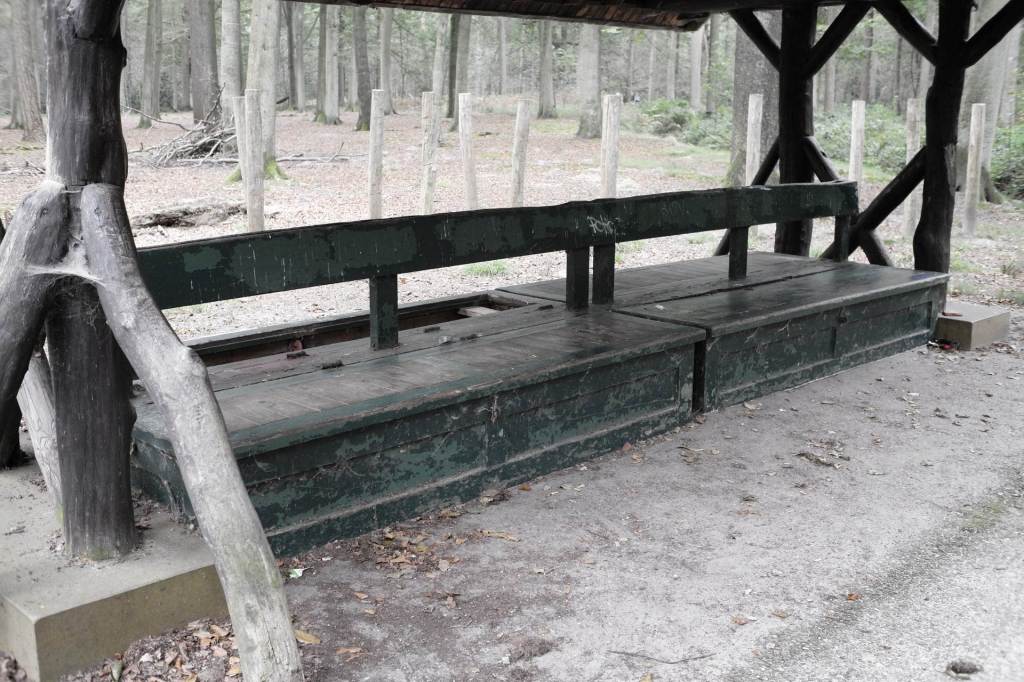
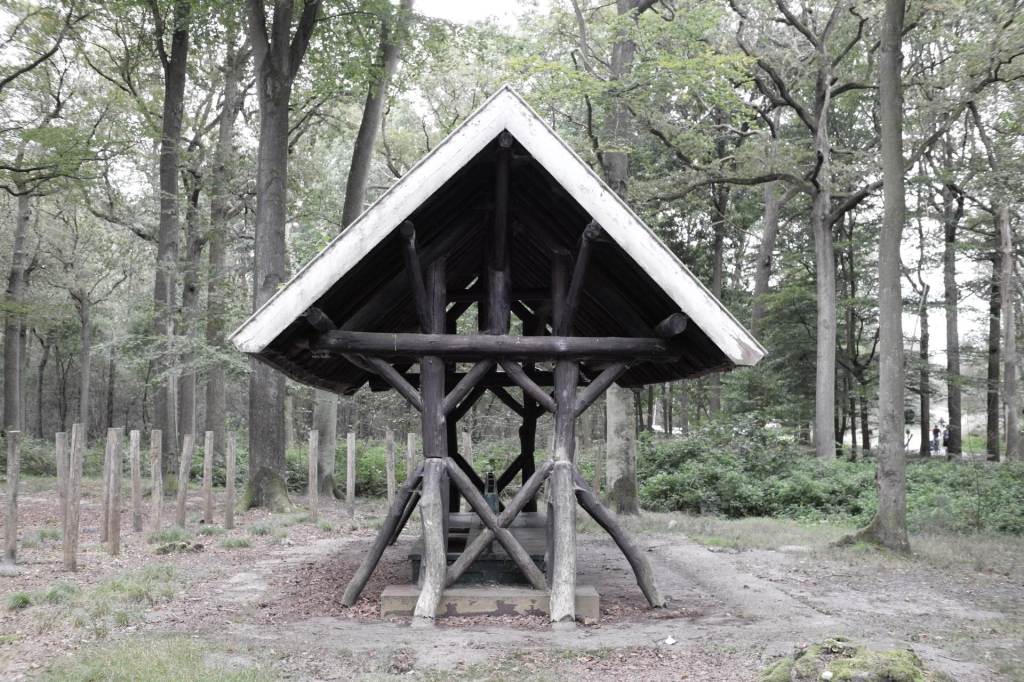
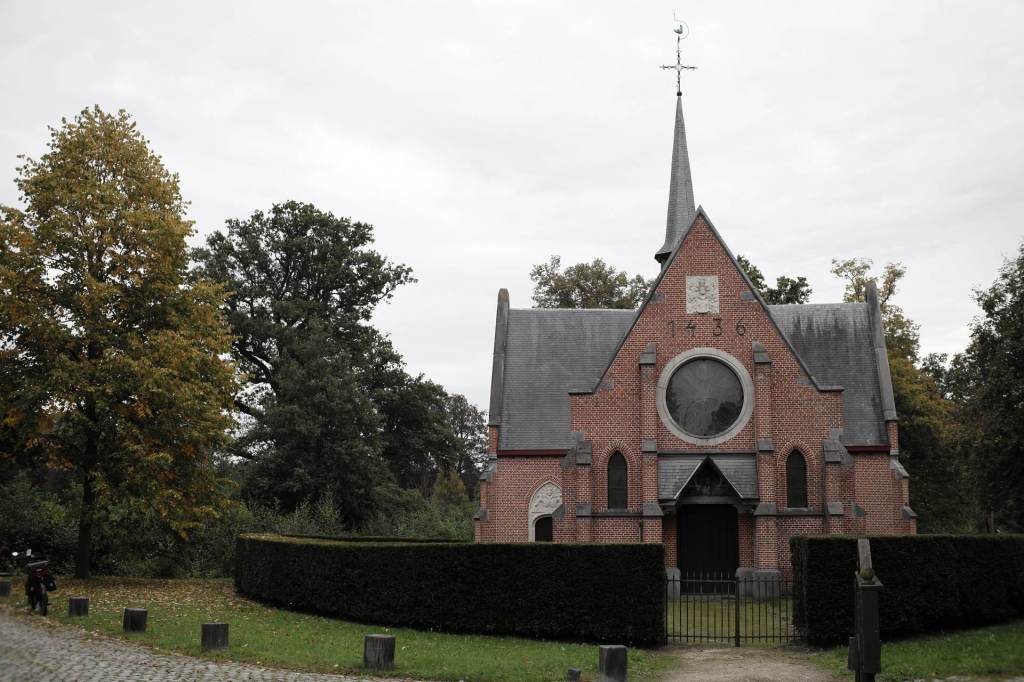
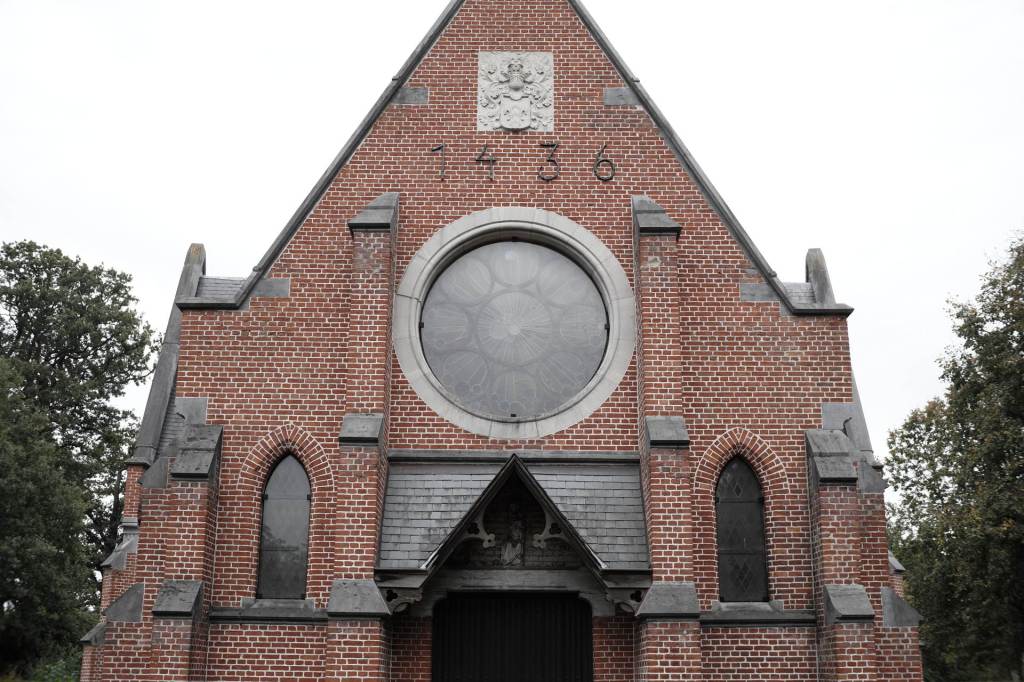
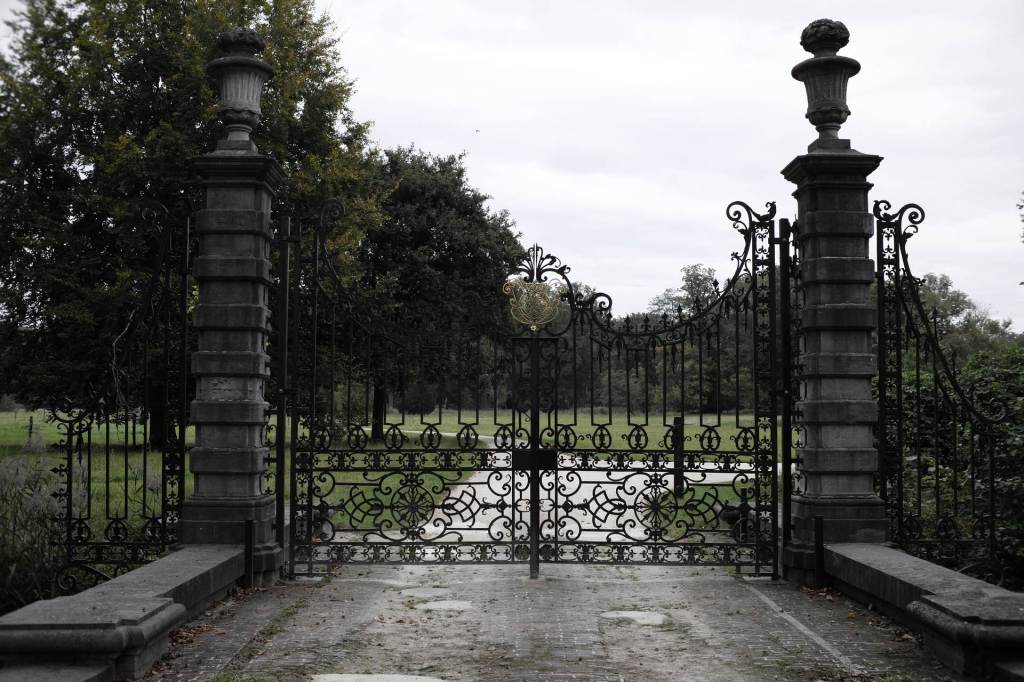
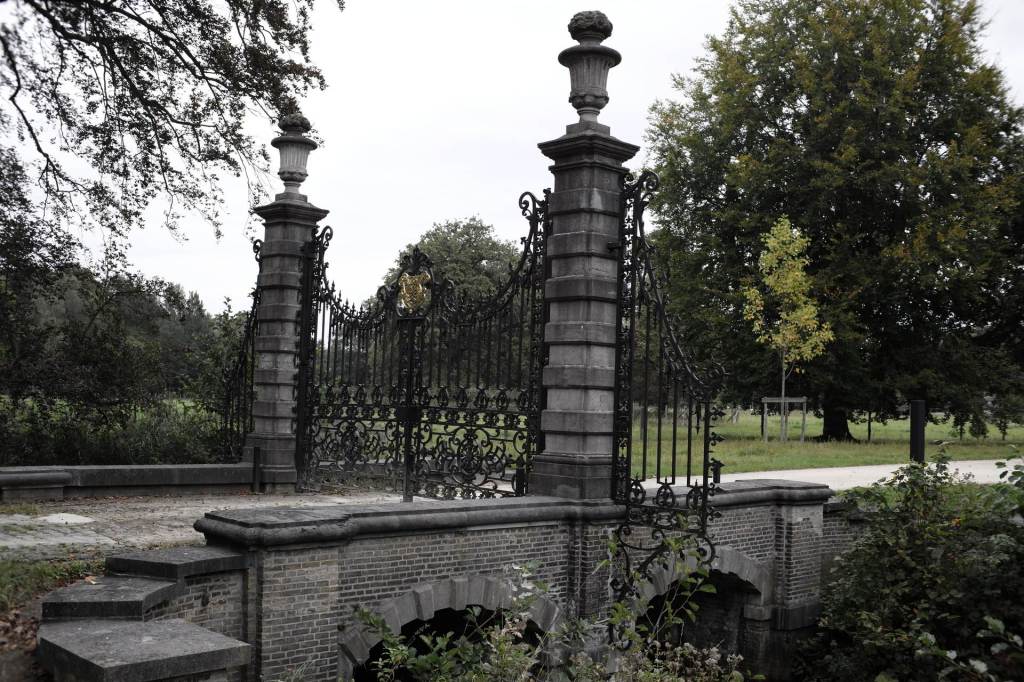
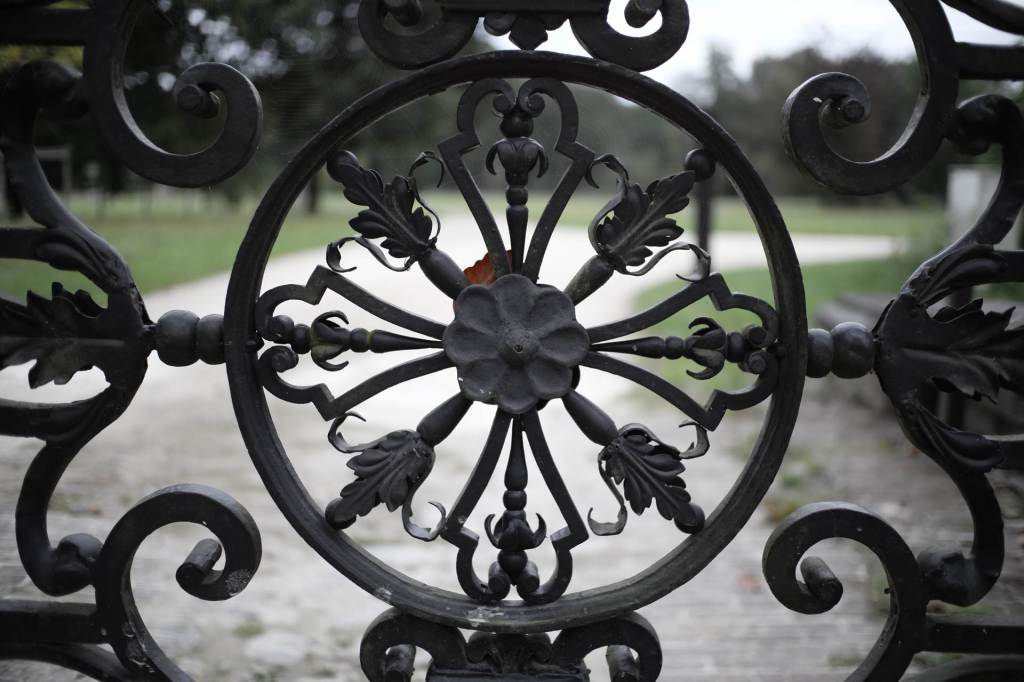
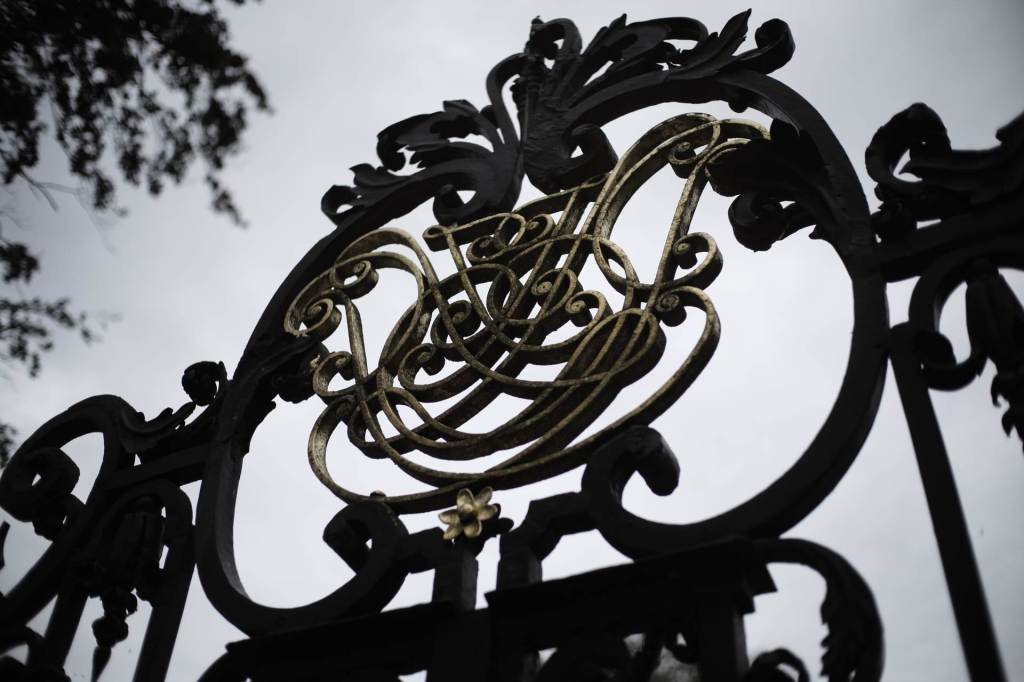
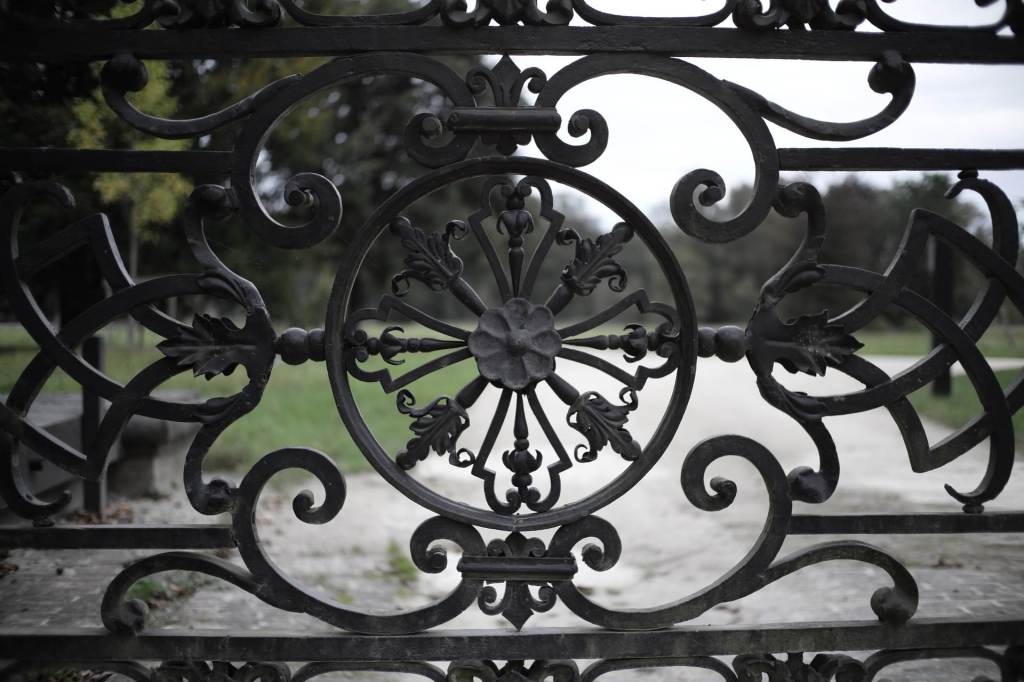
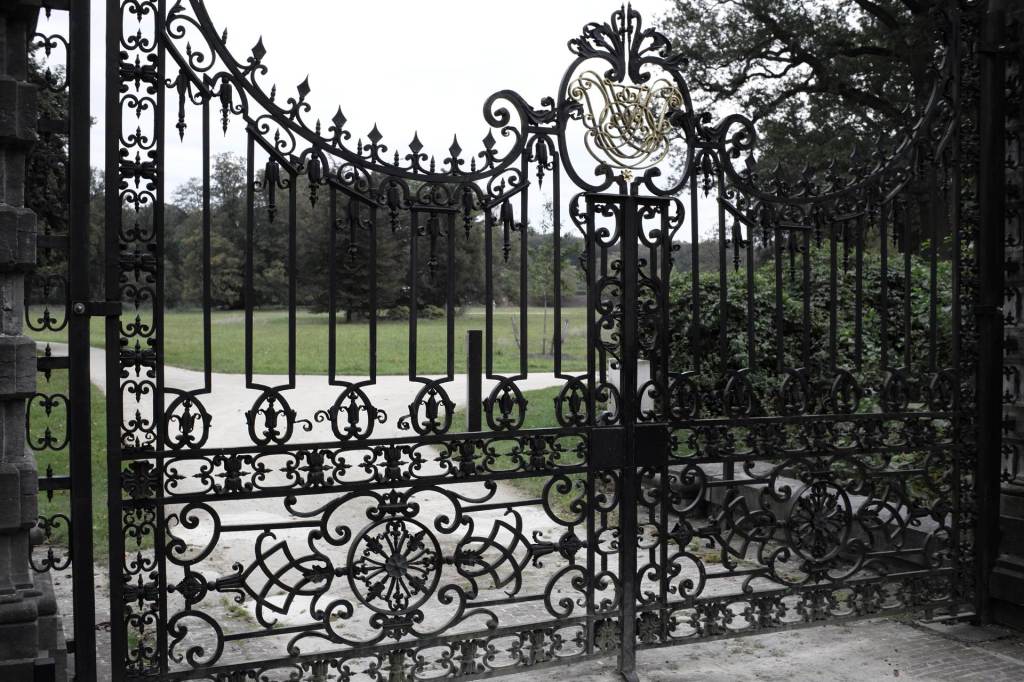
Final Conclusion:
The goal of this review was to determine whether the SG-Image 25mm f1.8 lens could be the best budget lens for the L-mount system—and potentially for other mounts as well.
This lens is certainly affordable, making it accessible for any budget. It’s reasonably fast with its f1.8 aperture, though you should expect some softness around the edges at wider apertures. Performance improves significantly from f4 onward, with peak sharpness achieved at f8.
From my perspective, the overall sharpness and usability of the lens are good across the entire aperture range, especially if you appreciate the artistic value that wider apertures bring. The field of view is versatile, making the lens suitable for general use, landscapes, street photography, portraits, and even architecture.
Another strong point is its compactness, which pairs well with cameras like the Leica T, Olympus E-P, E-PL and Pen F, and Panasonic GX series cameras, making them almost pocketable. The build quality is excellent, with smooth focusing and a pleasantly soft-clicking aperture ring.
Whether this is the best budget L-mount lens for you depends on your needs, but for me, it’s certainly a top choice!
This article was written by Marc R.
While I primarily speak Dutch and have some knowledge of English and a little French, ChatGPT helps ensure my writing is grammatically correct. I often mix Dutch and English in my drafts, and ChatGPT steps in to translate and correct.
Discover more from Open Source Photography
Subscribe to get the latest posts sent to your email.


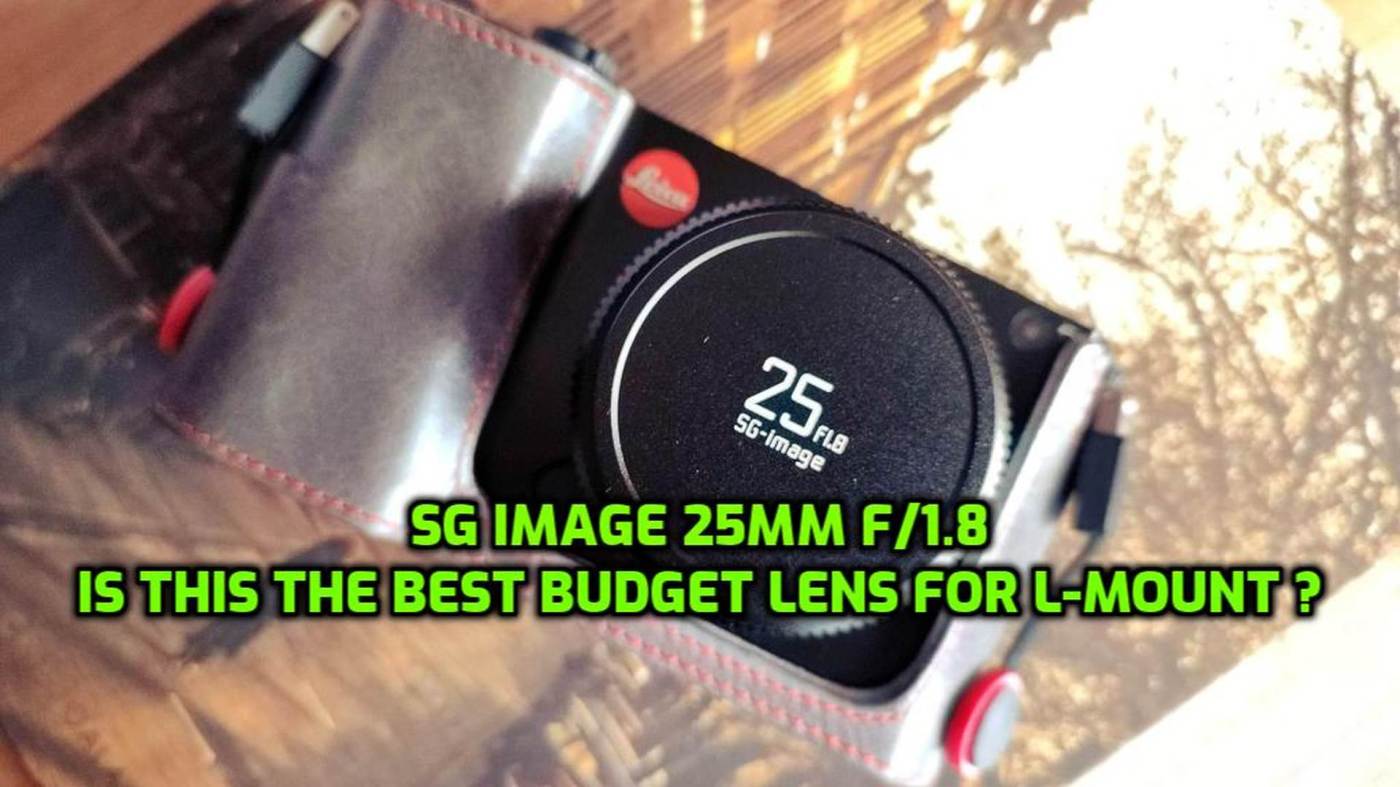

I like your little discussion about the eye and the focal length that represents it. I see so many people discussing this subject, it really is interesting that some people say 50mm is close to human eye, but I agree with your summary on the matter.
As for sharpness, this is another great subject that too many photographers spend too much time thinking about. If you’re only sharing images on social media or your website, then I don’t see why they are so focused on sharpness. 90%+ images are viewed on 6″ displays for less than a second by its viewers. It’s as if they don’t realise the market to which they are sharing. Of course, for yourself, if you like images to be sharp on your monitor, then fair enough. Subject and lighting is far more important, that’s why I like your real world reviews!
LikeLiked by 1 person
Thank you, Mark.
You’re right; many people write about both topics. Just like how so many photographers recommend buying a 50mm lens to everyone, without explaining that this only applies to full-frame cameras. I don’t mind when people make these recommendations, but the reasoning should be clear—for example, because it’s great for portraits, macro photography, etc. But it’s not necessarily the best choice on a Micro Four Thirds or APS-C camera for landscapes or street photography, though of course, anything is possible.
It’s similar to the obsession with having everything razor-sharp, without paying attention to the subject itself, the composition, color, and other important aspects. I enjoy telling those stories, but I hope to do so with a broader perspective, avoiding the narrow-minded chatter you often come across.
Unfortunately, I don’t think there are many people, or photographers, who see things the same way. That’s why I really appreciate your thoughtful comment, Mark. I’m glad you understand.
Apologies for the late response—COVID vaccination knocked me down again, as it usually does.
Have a lovely evening with your family, Mark.
LikeLiked by 1 person